Life at the heart of Japan’s lonely deaths epidemic: ‘I would be lying if I said I wasn’t worried’
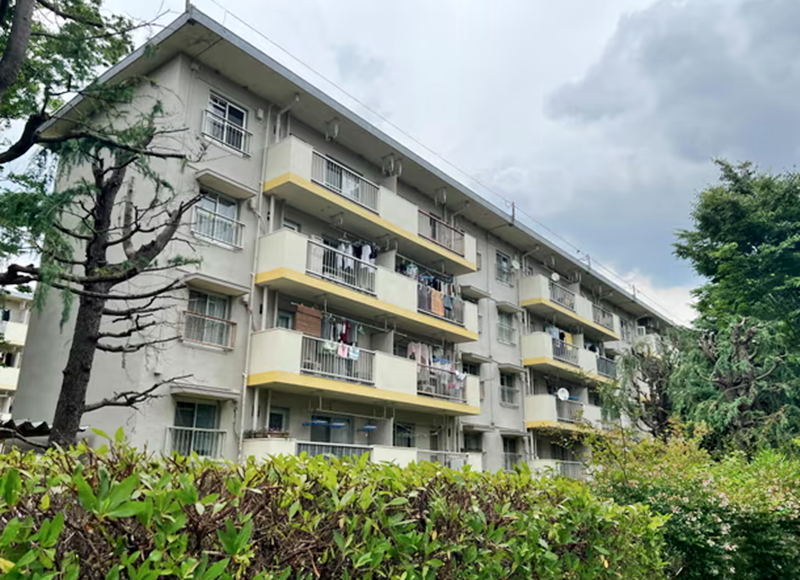
By Guardian - Justin McCurry in Matsudo - Mon 1 Jul 2024
Some 68,000 people are expected to die alone and unnoticed in Japan this year, police say, as the population continues to age.
“We occasionally greet each other, but that’s all. If one of my neighbours died, I’m not sure I would notice,” says Noriko Shikama, 76. She lives alone in a flat Tokiwadaira, in Tokyo’s commuter belt and has come to the Iki Iki drop-in centre to catch up with residents over cups of coffee served by volunteers.
Here, amid the everyday discussions about the merits or otherwise of dyeing grey hair, people also share news about the latest lonely death, or kodokushi – officially defined as one in which “a person dies without being cared for by anyone, and whose body is found after a certain period”.
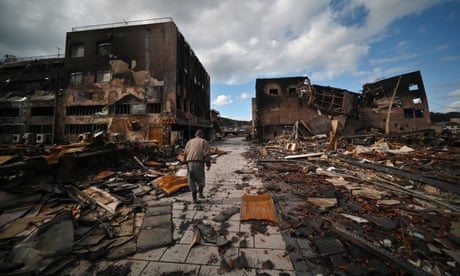
This time it was a woman whose body was discovered days earlier after neighbours noticed they had not seen her on her balcony. She had been dead for five months.
“The smell is overpowering … it stays with you forever,” says Shikama.
Almost 22,000 people in Japan died at home alone in the first three months of this year, according to a recent report by the national police agency, about 80% of them aged 65 or older. By the end of the year, the agency estimates that cases of solitary deaths will reach 68,000, compared with about 27,000 in 2011.
Tokiwadaira in the town of Matsudo was the first community forced to confront the distressing phenomenon two decades ago, with the discovery of a man whose corpse had been lying in his apartment unnoticed for three years. His rent and bills had been paid automatically, and his death was noticed only when his savings ran out.
“The flat wasn’t the kind of place where you could imagine a human living,” says Aiko Oshima, the deputy head of the Tokiwadaira residents’ association. “We didn’t want something awful like that to happen again.”
‘It was a lively place. But now everyone is getting old’
When the first occupants moved in more than six decades ago, the four-storey flats of Tokiwadaira were considered dream accommodation for young families riding the wave of Japan’s postwar economic miracle.
The neighbourhood reverberated to the sound of children playing in avenues lined with cedar and zelkova saplings. Today, those trees tower over the 170 identical apartment blocks that make up one of Japan’s biggest public housing estates.

“The economy was booming then, and families were desperate to live here. It was a lively place. But now everyone is getting old,” says Oshima, who moved to Tokiwadaira with her husband and young son in 1961, when the estate was home to 15,000 people.
Now, as Japan’s population continues to age, more people are spending the final years of their lives in isolation. The number of people over 65 living alone stood at 7.38 million in 2020 and is expected to rise to almost 11 million by 2050, according to the National Institute of Population and Social Security Research. Single-person households account for almost 38% of total households, according to the 2020 census, a 13.3% rise from the previous survey conducted five years earlier.

“The probability of solitary death is certain to increase in society from now on,” the health minister, Keizo Takemi, said last month. “It is important that we tackle the issue head-on.”
Motion sensors and volunteer patrols
In Tokiwadaira, an estimated 54% of residents are aged over 64, and 1,000 of its 7,000 residents live alone. But a spate of kodokushi deaths spurred local people to act. The residents’ association set up a hotline for concerned neighbours to alert authorities and in 2004 launched a “zero solitary death” campaign that has become a model for other ageing housing estates.

This year, the complex introduced the kizuna “social bond” call, a monitoring device equipped with sensors that confirms the apartment’s occupant is moving around.
Volunteer patrols also rely on telltale signs that all is not well: laundry left on balconies after it has dried, curtains drawn during the day, deliveries of mail and newspapers left uncollected and lights left on throughout the night.
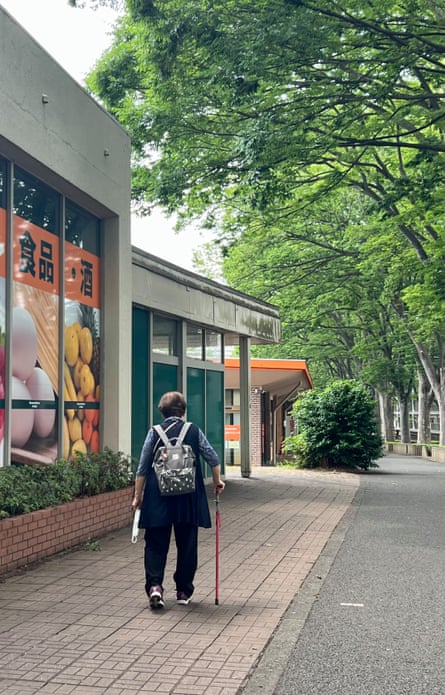
Oshima opens an album containing photos of some of Tokiwadaira’s kodokushi victims, their faces hidden to protect their privacy. The images are distressing, but she believes they are an important reminder of what happens when community ties give way to social isolation. “When I show these to visiting welfare officials and volunteers they are visibly upset,” she says. “But I tell them that this is the reality of lonely death … and it is happening now, not far from Tokyo.”
The campaign hasn’t eliminated solitary deaths – Oshima says there are “several” every year – but the chances of someone lying dead for weeks, or even months, are more remote.
In the community space outside the Iki Iki drop-in centre, paintings by a local artist encourage people to get out and meet their neighbours, and a chart demonstrates the health benefits of taking regular walks. Half a dozen people file into a rehabilitation centre for a seated exercise class. Two children in uniform walk home from school and a baby’s cries ring out through an open window. But these are the auditory backdrops to a demographic that has practically ceased to exist in neighbourhoods such as Tokiwadaira.
Volunteer patrollers go to check on Yoko Kohama, who has been living alone since her husband died eight years ago. The 87-year-old, who ran a clothes shop and mahjong parlour in Tokyo before moving to Tokiwadaira after retirement, now spends her days on her tablet and making umeboshi sour plums.
“I’m not doing that well,” says Kohama when Shikama asks her how she has been. Since her dog – a pet for 18 years – died last year her contact with the outside has been restricted to weekly outings to play “healthy” mahjong, where players are banned from drinking, smoking and gambling.
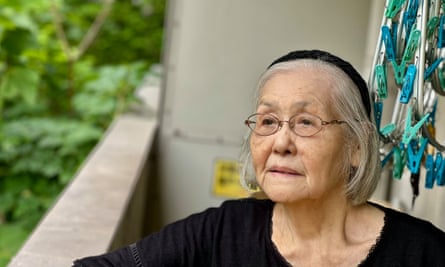
“I get a modest pension and I worry about my health,” says Kohama, nodding towards a dosette box containing medication for a chronic lung condition. “I have no idea what kind of people my neighbours are. I thought I would make friends when we moved here, but it hasn’t happened.”
Kohama, who does not have children, proudly displays a tray of umeboshi that have been fermenting on her balcony. “I would be lying if I said I wasn’t worried about dying alone,” she says. “But we have no control over when and how we die. That’s up to God.”
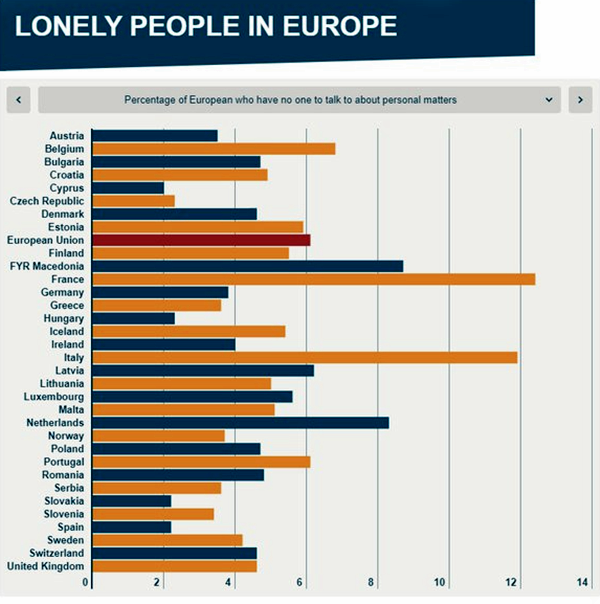
Editor remarks.
Old age people dying alone is not isolated to Japan but happens more and more also in other parts of the world. Normally the woman survives their husband and ends up alone with no friends and litte or no family contact.
The low numbers in Norway can also be connected to the many high quality government operated old peoples homes where the keep daily contact with each other. Lately though, many old peoples homes have been privetized at high cost. Some are even on a luxury level for the more affluent old people. Old people remaining in their flats or houses tend to loose more and more contact with neighbours and even family, some being found dead days or even months after passing away alone.
Be kind and helpful to your neighbour with daily contact.
